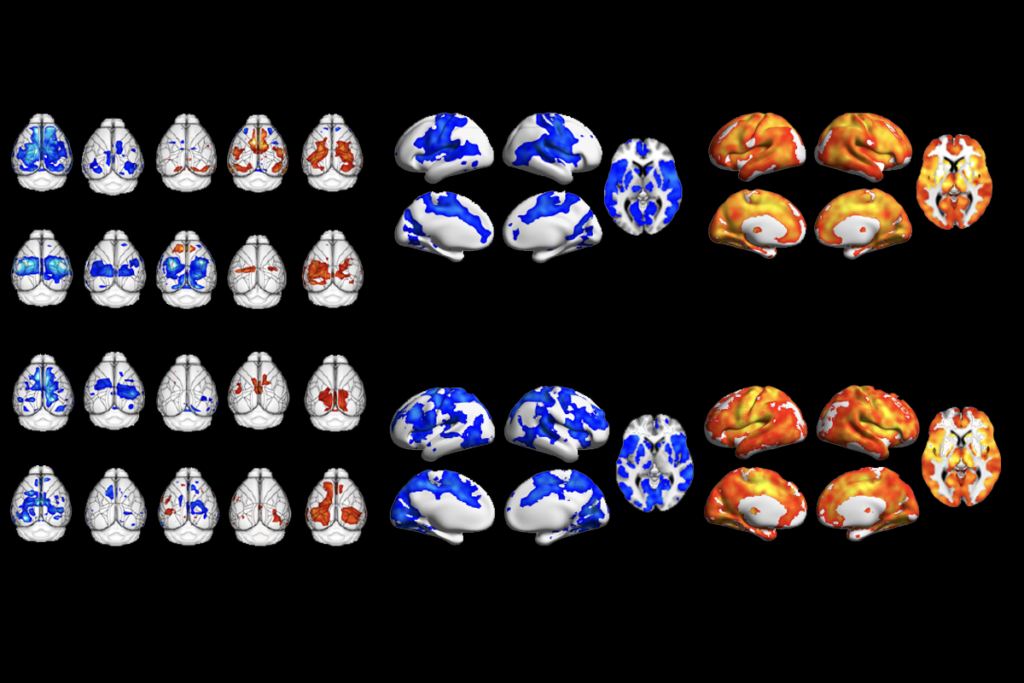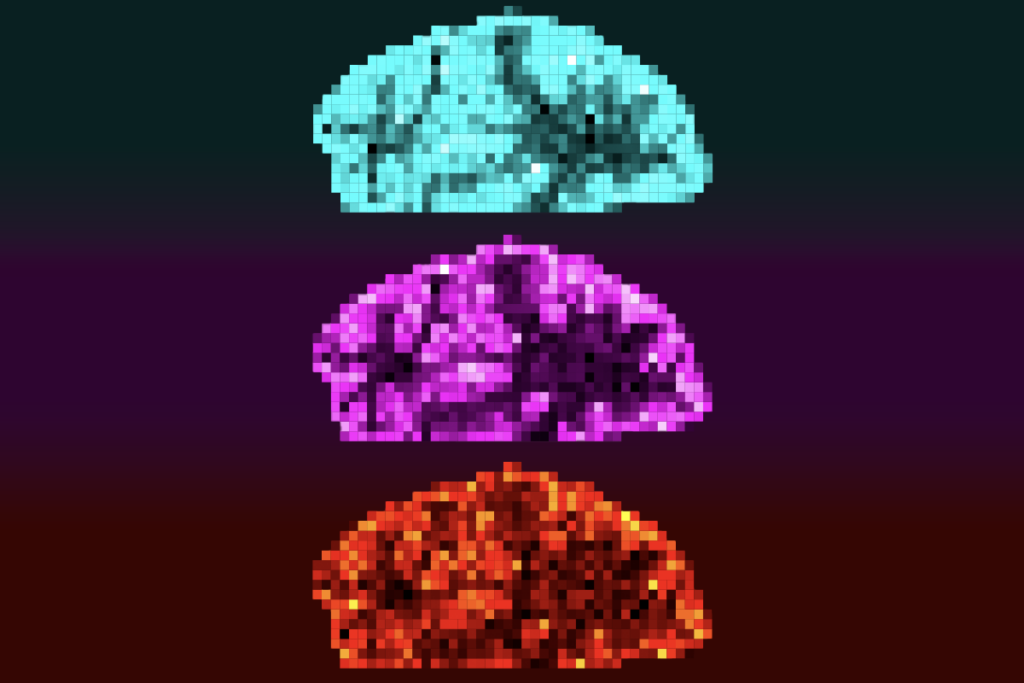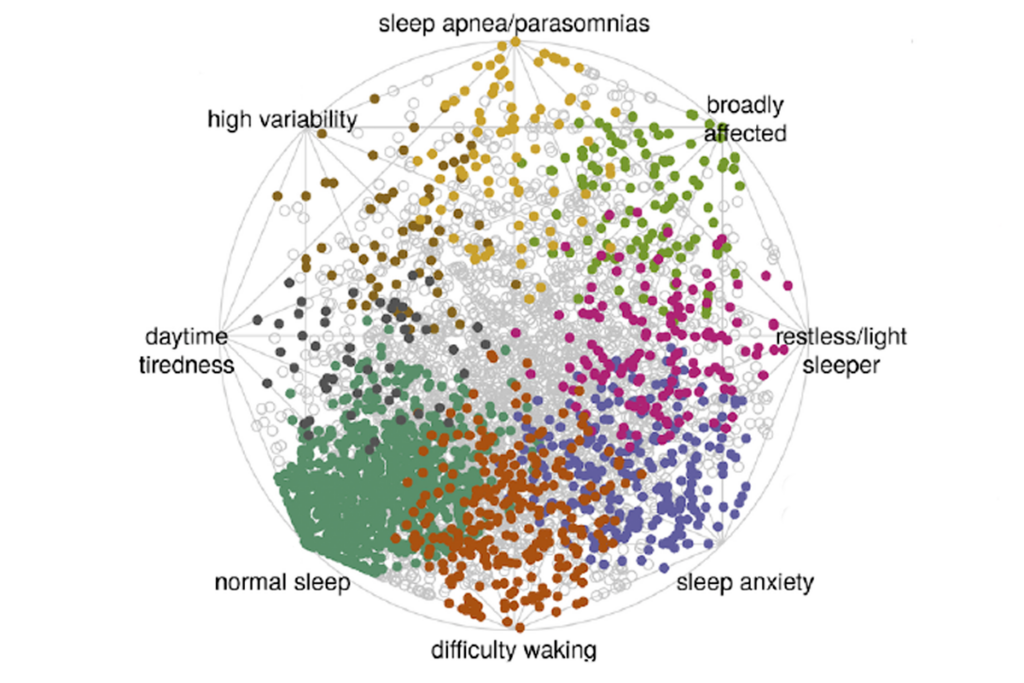| << Previous | Next >> |
|---|
Brain bursts
Optogenetics allows scientists to precisely control the activity in subsets of neurons using light. When researchers used the technique in mice to increase the activity of excitatory neurons (shown here in the lower image) in the prefrontal cortex, a brain region involved in social behavior, the animals stopped interacting with others. The new findings support the idea that autism stems from an imbalance between excitatory and inhibitory signals in the brain.
Later in the year, the same group used optogenetics to identify a circuit in the amygdala that drives anxiety. Activating the circuit with light inspires mice to overcome their fears and explore unfamiliar territory, and inhibiting the circuit with proteins designed to dampen neural activity makes them more anxious.
References:
1. Yizhar O.et al. Nature 477, 171-178 (2011) PubMed
2. Tye K.M. et al. Nature 471, 358–362 (2011) PubMed
Recommended reading

Expediting clinical trials for profound autism: Q&A with Matthew State

Too much or too little brain synchrony may underlie autism subtypes
Explore more from The Transmitter

Mitochondrial ‘landscape’ shifts across human brain

